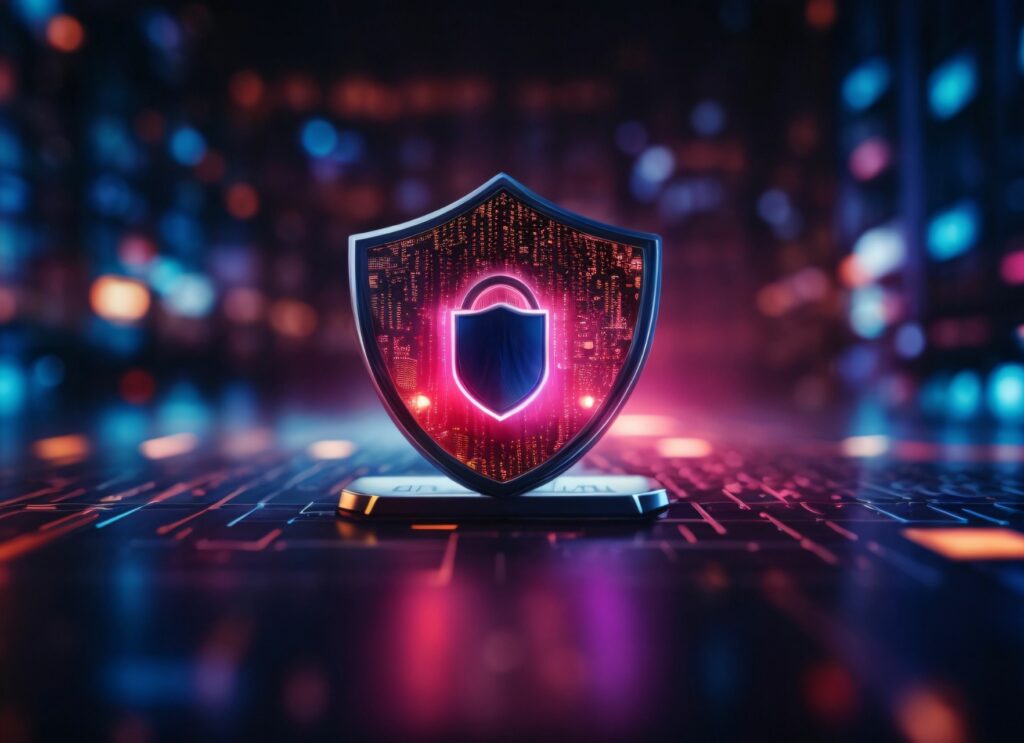Post-Quantum Cryptography: Security in the Quantum Era
Threats from quantum computers are approaching and endangering traditional encryption methods. Companies should prepare for post-quantum cryptography now in order to keep their data and systems secure in the future.
The era of quantum computing is drawing ever closer, and with it comes new opportunities, but also considerable risks. In IT security in particular, companies need to react today in order to be prepared for the threats posed by quantum computing. Encryption in particular, a fundamental component of digital security, is threatened by the superior computing power of quantum computers. This blog post explains why post-quantum cryptography (PQC) is critical for organizations and what steps we recommend taking now.
Why Quantum Computers are Revolutionizing IT Security
Quantum computers have the potential to solve computational problems that are unsolvable for today’s computers. This technology could revolutionize progress in areas such as drug development or green energy. However, this immense computing power also comes with a downside: quantum computers will be able to crack the currently widely used asymmetric encryption algorithms such as RSA and elliptic curve cryptography (ECC). According to experts, the first error-corrected quantum computers could be available as early as 2030.
This means that data that is still securely encrypted today could become vulnerable in just a few years. Companies that store data with a long lifespan or operate systems with long development cycles need to prepare for this threat now. This is particularly true for sectors such as the automotive industry or healthcare, where long-life products and sensitive data play a central role.
The need for action: When and how companies should take action
Preparing for post-quantum cryptography is no easy task. It requires a detailed analysis of the company’s internal data and systems as well as long-term planning. Two key factors determine when organizations need to act: the lifespan of the data and the lifespan of the systems. Data that will remain important for years, such as confidential government information or long-term contracts, must be protected by PQC at an early stage. Similarly, systems that have a long lifespan, such as those in the automotive or defense industries, need to be future-proofed.
For the transition to post-quantum cryptography, different measures are recommended depending on the security requirements:
1. Act Now
Companies with high security requirements, e.g. in the defense sector, should start implementing PQC immediately. Here, the potential risks from quantum computing are so high that an early switch is justified despite the higher costs.
2. Retrofitting Systems
For many companies, it makes sense to prepare their existing systems for retrofitting with PQC. This means that current hardware and software should be designed to be flexible enough to be easily converted to PQC in the future. At the same time, companies should build partnerships with PQC vendors and industry peers to stay on top of the latest developments.
3. Optimize Traditional Cryptography
Companies with low risk and long preparation time can focus on optimizing existing encryption methods for the time being, e.g. by extending key lengths for asymmetric encryption.
Crypto- Agility: The Crucial Component
A key aspect of preparing for quantum threats is crypto-agility. This refers to the ability to adapt cryptographic algorithms quickly and efficiently to new threats. Today’s encryption systems are often static and slow to respond to new security requirements. In the era of quantum computing, however, it will be crucial to be able to react flexibly to new threats.
Companies should therefore ensure that they have transparent crypto management and constantly monitor their cryptographic assets. Automated certificate lifecycle tools can help accelerate the transition to PQC and minimize errors.
Conclusion: The Right Time is Now
Preparing for the threats posed by quantum computing is not a task that can be put on the back burner. The development of post-quantum cryptography is in full swing and companies should start now to prepare their systems and data for this new era. Crypto-agility is particularly important here, as it enables companies to react quickly to new threats and adapt their security systems flexibly.
IT managers should therefore not hesitate to review their encryption strategies and take the necessary steps to survive in the coming era of quantum computing. Even if the first fully functional quantum computers may not be available for a few years, companies need to take action today to be prepared for this not-so-distant future.


